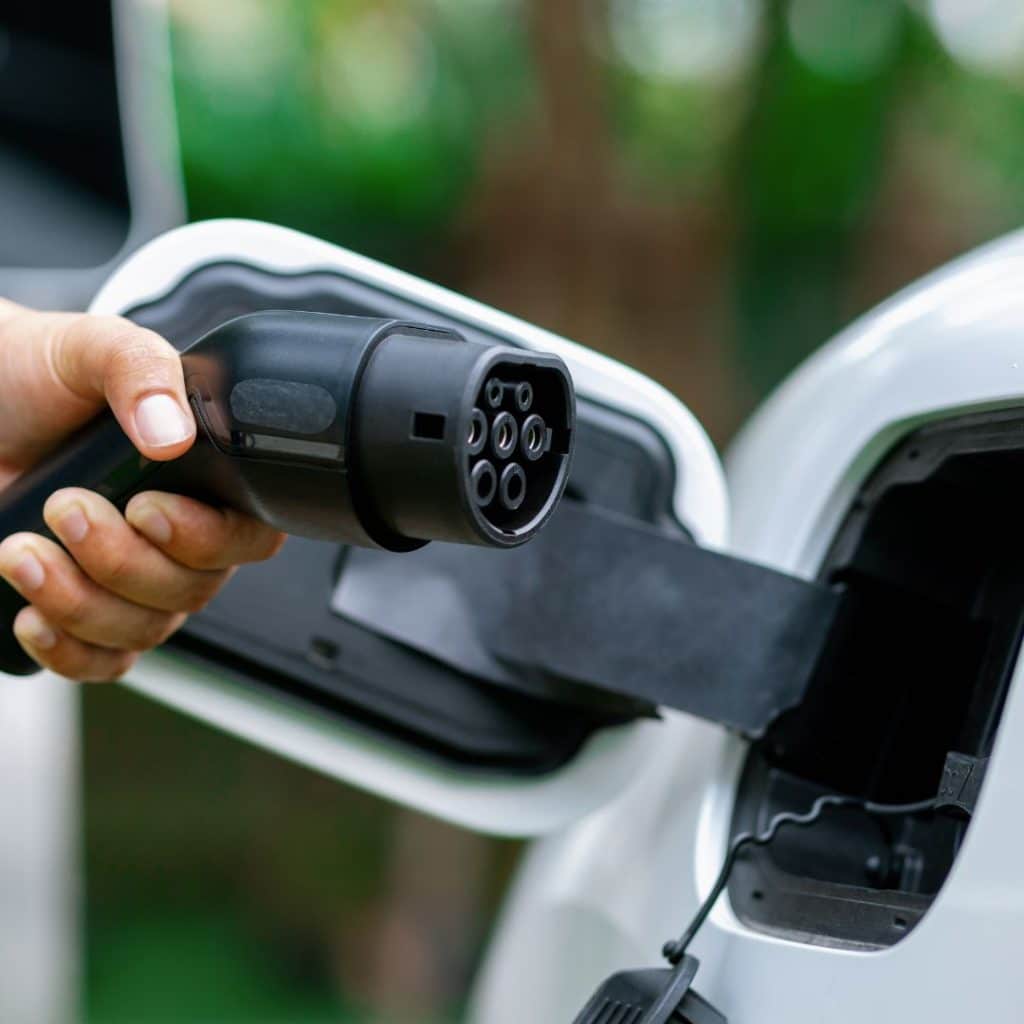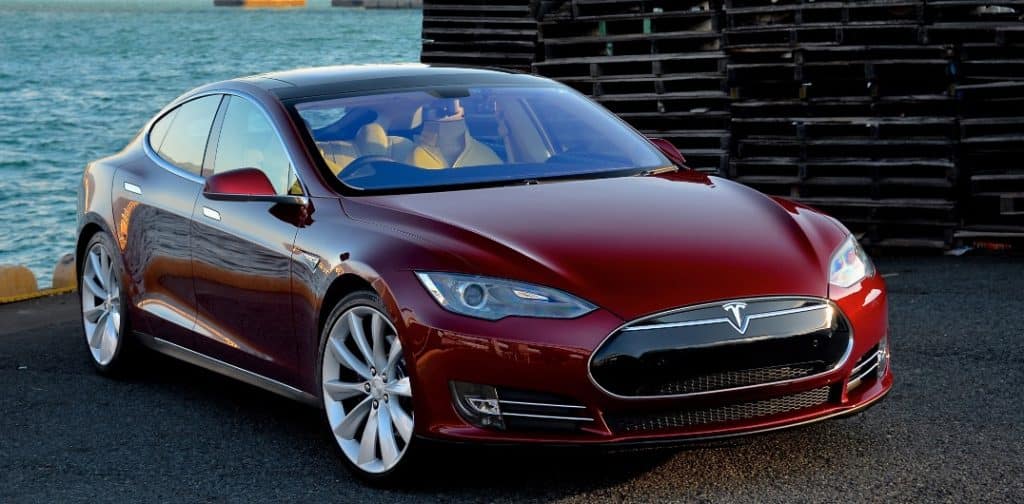Can I Leave My EV Plugged In Overnight? Will It Degrade the Battery?

Imagine you pull into the garage after a long day, plug in your electric vehicle, and head off to bed—only to wonder at 3 a.m. if you’re harming your battery by charging it all night.
Fortunately, modern EVs are designed to handle overnight charging safely, but there are a few best practices to keep your battery healthy for the long haul.
How EV Battery Management Systems Protect Your Pack

Every EV on the road today uses a Battery Management System (BMS) to monitor cell voltage, temperature, and state of charge. When you plug in:
- Pre-Charge Conditioning The BMS checks each cell’s health and temperature, then applies a small current to balance voltages before full charging begins.
- Controlled Charge Rate Instead of pouring in full power from zero to 100%, most EVs taper the current as they approach the target State of Charge (SoC). That slows the final charging steps, protecting cell chemistry.
- Automatic Shutoff Once the pack reaches your set limit (often 80–90%), the BMS either trickle-charges at a very low rate or stops current altogether.
Because of these safeguards, your EV won’t keep gulping power all night, and the battery isn’t sitting under stress once it’s topped off.
Why Overnight Charging Is Normally Safe
- Grid-Friendly Timing Many utilities offer cheaper off-peak rates late at night. Scheduling your EV to charge between midnight and 6 a.m. saves you money without harming the battery.
- Cooler Temperatures Batteries prefer cooler environments. Overnight ambient temperatures are usually lower, reducing thermal stress during charging.
- Convenience Factor Plug in at home, wake up to a full charge, and head off without a detour to a public charger.
With a proper BMS and smart‐charging software—either built into the car or via your home charging station—overnight charging is the most convenient, cost-effective way to keep your EV ready.
Can Slow “Trickle” Charging Hurt Your Battery?
Some EV owners worry that leaving their car plugged in will keep dribbling a small amount of current—so-called “trickle charging”—and damage the cells over time. In reality:
- Modern EVs Rarely Use True Trickle Once the pack hits your set limit, the charger typically shuts off. Occasional top-ups only occur if the battery self-discharges naturally over days or weeks.
- Memory Effect Isn’t an Issue Unlike old NiCd cells, lithium-ion batteries don’t suffer from memory effect. Occasional small charges won’t degrade capacity measurably.
So if you drive daily and plug in each night, you’re not subjecting your pack to continuous trickle currents.
Best Practices to Minimize EV Battery Degradation
Although overnight charging is generally safe, these simple habits will help your battery last longer:
- Limit 100% Charges Charging to 100% SoC regularly can stress cells. For daily use, set your charger or onboard software to 80–90%. Reserve full charges only for longer trips.
- Avoid Deep Discharges Don’t let the pack fall below 10–20% before charging. Running to empty increases wear on the cells.
- Use Scheduled Charging Many EV apps let you schedule charging to start and stop at certain times. Combine this with your utility’s off-peak window for best cost and cell health.
- Keep an Eye on Temperature Extreme heat can accelerate degradation. If you live in a hot climate, park in shade or a garage. Some EVs even allow pre-conditioning while plugged in.
Applying these tips makes overnight charging both wallet-friendly and battery-friendly.
What Really Causes EV Battery Degradation?
Even the best charging habits can’t eliminate natural aging. Here’s what truly wears down your EV’s capacity:
- High-Voltage Cycling Regularly charging to 100% and letting the pack drop to 0% exposes cells to the full voltage swing, which slowly reduces capacity.
- Elevated Temperatures Heat accelerates the breakdown of electrode materials inside the cell. This is why thermal management—and parking in cool spots—matters.
- Fast-Charging Stress Frequent DC fast-charging can heat cells rapidly and create more chemical stress than Level 2 charging. Use it when needed, but don’t make it your only charging source.
By contrast, overnight Level 2 charging at home—especially when capped below full—exerts minimal stress on your battery.
How to Schedule Overnight Charging
Most EVs and home chargers offer simple scheduling features:
- Via Vehicle Infotainment Go to the charging menu, choose “Scheduled Charging,” and set your desired start and end times—say, 11 p.m. to 6 a.m.
- Through the Mobile App Many manufacturers’ apps let you toggle scheduled charging remotely and adjust your target SoC on the go.
- Charger Timer If your charger lacks vehicle integration, use its onboard timer to run only during off-peak hours.
Once configured, your EV will wake itself for the charge window, then power down until you unplug in the morning.
Real-World Experience: Keeping Your EV Healthy
Seasoned EV owners report minimal to no battery loss after years of overnight charging—especially when following these guidelines:
- Routine Setting at 80% Many drivers never touch the 100% mark except for road trips. Their battery packs maintain over 90% capacity even after 50,000 miles.
- Climate Control On Pre-conditioning—cooling or heating the cabin while the car’s plugged in—uses grid power instead of the pack, improving efficiency and longevity.
- Balanced Charging Mix A blend of home Level 2 overnight charging and occasional DC fast-charging keeps daily stress low while still offering quick top-ups on the road.
This balanced approach shows that overnight charging, by itself, isn’t the culprit behind battery aging.
Key Takeaways for Overnight EV Charging
- Modern BMS and charger software prevent continuous overcharging.
- Setting a charge limit below 100% for daily use reduces cell stress.
- Scheduled Level 2 charging during cooler, off-peak hours is both economical and battery-friendly.
- Avoid extreme SoC swings and excessive fast-charging for longest life.
Leaving your EV plugged in overnight is not only convenient—it’s the recommended way to keep your pack topped off without worry. With the right settings and habits, you’ll enjoy reliable range and a healthy battery for years to come.
